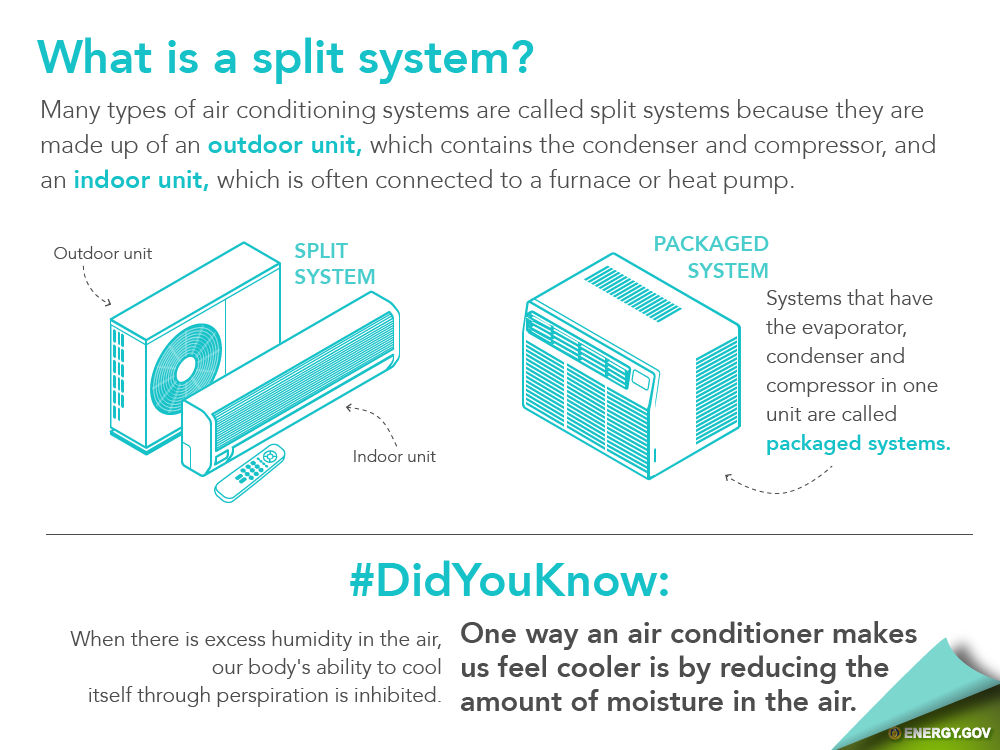The Ultimate Guide To Recognizing Warmth Pumps - Just How Do They Work?
The Ultimate Guide To Recognizing Warmth Pumps - Just How Do They Work?
Blog Article
Authored By-Forrest Raymond
The very best heatpump can conserve you considerable quantities of cash on energy expenses. They can also help reduce greenhouse gas emissions, particularly if you make use of electricity instead of fossil fuels like gas and heating oil or electric-resistance heaters.
Heat pumps function significantly the like ac unit do. https://docs.google.com/spreadsheets/d/1y5oIb3f-oUNFIWng429i9DqZozZRUtrp3eVnEBQviRo/edit?gid=918024543#gid=918024543 makes them a feasible alternative to conventional electric home furnace.
Just how https://docs.google.com/spreadsheets/d/1QamJmgvCoo2gPNMF6CLm1hIOPmKaJ4V4g2VF7xUhWbQ/edit?usp=drive_link Function
Heatpump cool homes in the summer and, with a little help from electrical power or natural gas, they give some of your home's heating in the wintertime. They're an excellent option for people who intend to minimize their use fossil fuels however aren't prepared to replace their existing heating system and air conditioning system.
They rely upon the physical reality that even in air that appears also cool, there's still power present: cozy air is always moving, and it wants to relocate into cooler, lower-pressure environments like your home.
The majority of power celebrity accredited heat pumps operate at close to their heating or cooling ability throughout the majority of the year, minimizing on/off cycling and saving energy. For the best efficiency, concentrate on systems with a high SEER and HSPF rating.
The Compressor
The heart of the heatpump is the compressor, which is also called an air compressor. This mechanical flowing device makes use of potential power from power development to enhance the pressure of a gas by decreasing its quantity. It is different from a pump in that it just works with gases and can't work with fluids, as pumps do.
Atmospheric air gets in the compressor through an inlet shutoff. It circumnavigates vane-mounted arms with self-adjusting size that divide the inside of the compressor, producing multiple tooth cavities of varying size. The blades's spin forces these cavities to move in and out of stage with each other, pressing the air.
The compressor draws in the low-temperature, high-pressure refrigerant vapor from the evaporator and compresses it right into the warm, pressurized state of a gas. This process is duplicated as required to provide heating or air conditioning as required. The compressor additionally has a desuperheater coil that recycles the waste heat and includes superheat to the cooling agent, transforming it from its liquid to vapor state.
The Evaporator
The evaporator in heat pumps does the same thing as it carries out in refrigerators and a/c, transforming liquid refrigerant right into an aeriform vapor that eliminates warmth from the area. Heatpump systems would not work without this important tool.
This part of the system lies inside your home or structure in an indoor air handler, which can be either a ducted or ductless system. It contains an evaporator coil and the compressor that compresses the low-pressure vapor from the evaporator to high pressure gas.
Heatpump take in ambient warm from the air, and afterwards make use of electrical energy to move that heat to a home or organization in home heating mode. That makes them a whole lot a lot more energy reliable than electrical heating units or heating systems, and due to the fact that they're making use of clean electricity from the grid (and not burning gas), they additionally produce far fewer emissions. That's why heatpump are such excellent environmental choices. (As well as a huge reason that they're becoming so prominent.).
The Thermostat.
Heatpump are fantastic alternatives for homes in cool climates, and you can use them in combination with conventional duct-based systems and even go ductless. They're a fantastic alternate to nonrenewable fuel source furnace or typical electric furnaces, and they're much more sustainable than oil, gas or nuclear HVAC devices.
Your thermostat is one of the most essential element of your heatpump system, and it functions extremely in different ways than a traditional thermostat. All mechanical thermostats (all non-electronic ones) job by utilizing compounds that transform size with enhancing temperature level, like curled bimetallic strips or the expanding wax in a car radiator shutoff.
These strips contain two different kinds of metal, and they're bolted with each other to form a bridge that completes an electrical circuit linked to your heating and cooling system. As the strip gets warmer, one side of the bridge broadens faster than the other, which causes it to bend and signify that the heating system is required. When Suggested Internet page remains in heating setting, the reversing shutoff turns around the circulation of refrigerant, to ensure that the outside coil currently functions as an evaporator and the interior cyndrical tube comes to be a condenser.